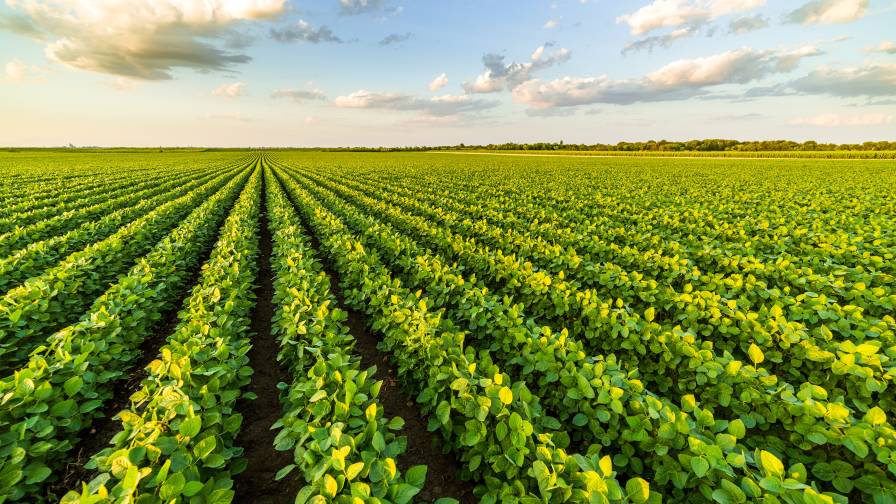Farmers Coop Elevator: Using Technology
In the ultra-competitive world of ag retail, surviving the past few years has been difficult at times. As the global economy ground to a halt during 2008-09 and grower-customers largely stopped buying crop inputs and services, many ag retailers took serious financial hits. Some even decided the time was right to exit the marketplace entirely.
But this wasn’t the case at Farmers Coop Elevator in Kingsley, IA. Instead, Farmers Coop Elevator invested in a significant outlet upgrade, adding not only storage space but high-tech solutions to address its grower-customers’ needs.
“We never thought about taking the path out of the market,” says Chris Pedersen, general manager. “Our focus was always on how we could improve our business to help it keep growing.”
In truth, this wasn’t much different than the path the cooperative has taken throughout its 107-year history. Although surrounded by much larger competitors in its three-county area of Iowa, Farmers Coop Elevator has maintained its market share, says Pedersen, by providing good service and reasonably-priced inputs from a single facility.
Yet, by mid-2009, it was clear to the company that its current outlet would no longer be able to keep up with the new realities of the agricultural community. “Our old facility was built in 1979 and all the technology in it dated back to the 1980s, which meant most of it was manually-operated and very labor intensive,” says Jason Anderson, agronomy manager. “Besides, by 2009, the structure was literally beginning to fall apart. It was obvious to everyone at our cooperative that if we wanted to continue to stay in the ag retail business, we needed to do something about this.”
Bringing In New Technology
It was at this point that Farmers Coop Elevator contacted several construction and technology suppliers about upgrading its facility. Initially, the company worked with Stueve Construction Co., but ultimately brought in other companies as well, including Waconia Manufacturing, Kahler Automation and Dultmeier Sales. Construction on the new facility began just after Memorial Day in 2010 and was completed a few months later in early September — in time for the cooperative to manage its fall season work.
“The planning on the part of the companies involved was incredible,” says Pedersen of the construction process. “Everything came in on time and on budget.”
In terms of the physical structure, Farmers Coop Elevator’s new facility features completely upgraded liquid fertilizer tanks (and accompanying containment system) and a 74% increase in dry fertilizer storage, from 2,300 tons to 4,000 tons. In addition, completely automated filling systems are now the mainstay of the plant’s operations.
“Speed and improved efficiency was what we were hoping to accomplish with these additions to our facility,” says Anderson. “With this automated equipment in place, we are able to achieve filling and blending speeds four to five times faster than we were able to achieve in the past.”
To appreciate just how this translates into saved time and money for Farmers Coop Elevator, he adds, consider this equation: Using its old equipment, the facility could fill a 25- or 26-ton fertilizer tender with product in 35 minutes to one hour. Now, using the new automated systems, this same tender can be completely filled and ready to roll in 10 to 12 minutes.
It also helps that Farmers Coop Elevator, says Anderson, can now store more product at its facility. “The No. 1 way to make money in this business is to buy inputs at the right price,” he says. “That’s never changed, or will it. But doubling your storage ability is a big plus, too, because now you can buy and store more product as a company if you want to. That would be my No. 1 piece of advice to other retailers looking to upgrade their facility is include the ability to keep more product on your grounds. When it comes to the business of storage, you can never be too big.”
Besides the tangible benefits of adding faster equipment and more storage capacity to its facility, Pedersen says that another plus is the newness factor. “Our new facility has been one of our best salesmen,” he says. “When potential customers come here and see for themselves how everything looks and operates, it definitely is making an impact on our sales going forward. With that, and some good fortune, we should be able to stay competitive in this market for a long time to come.”






